I'm curious, when connecting my 2N2222 transistor's base to a PWM output pin on my Arduino, I know the Arduino can deliver a maximum of 40mA current. The 2N2222 only requires around 5 to 10 mA on it's base to switch the collector and emitter. Now, when calculating the base-resistor under "normal" conditions where I'm merely switching it directly from Vcc, the following applies:

However, when putting in a 500 ohm or 1K resistor in (1K for 5mA) directly it works great. But putting it in between the Arduino and the transistor, the transistor doesn't switch.
I suspect thus, that the resistance is too high of the base-resistor. Therefore, we may very well not need a base-resistor.
But, according to spec, the Arduino can deliver 40mA. So, am I correct in assuming the folling: 1) I should calculate the perceived resistance that the Arduino is giving, if it goes high to 5Volt and only gives 40mA, and then 2) Subtract that from the 500ohm resistor needed to make the transistor operate optimally.
Example:

So, I'm theorising that I have to then put in a 375 ohm resistor in to make the total resistance between the Arduino and the base resistor 500 ohm.
Somehow this doesn't feel right. Keep in mind, I'm not an electronic engineer, so I might have the cat by the tail here :P